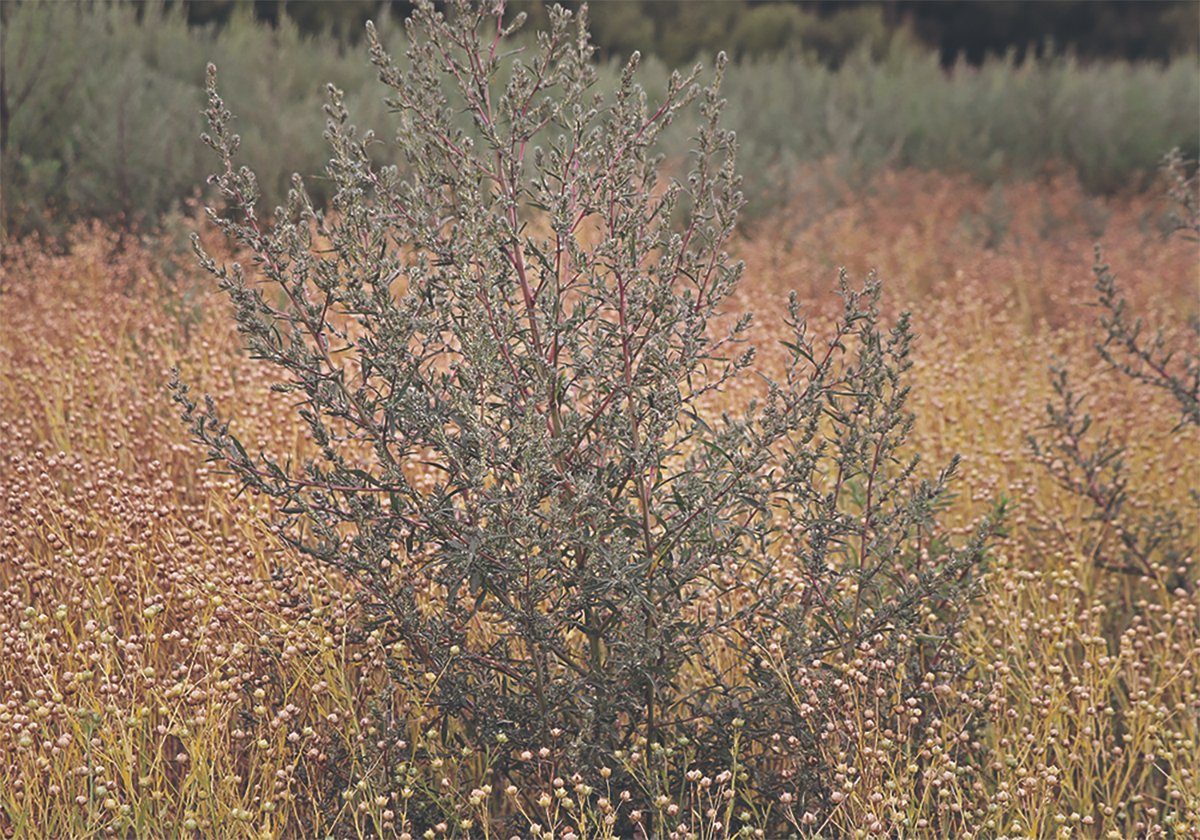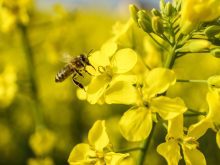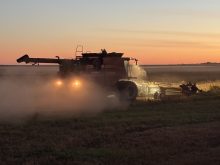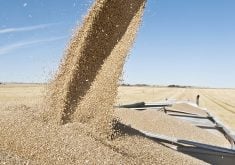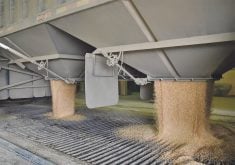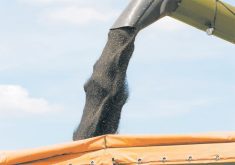The fight against weeds, particularly kochia, seems to be a losing battle.
As you travel through southern Saskatchewan and Alberta, particularly in areas challenged by dry growing conditions, the magnitude of the problem is easy to see.
Some fields, especially those with pulse crops, had terrible kochia infestations this year. In some cases, it was just a field edge or a part of the field affected by salinity where kochia took over. In other cases, entire fields had a significant kochia problem with the big Christmas trees towering over the crop.
Read Also
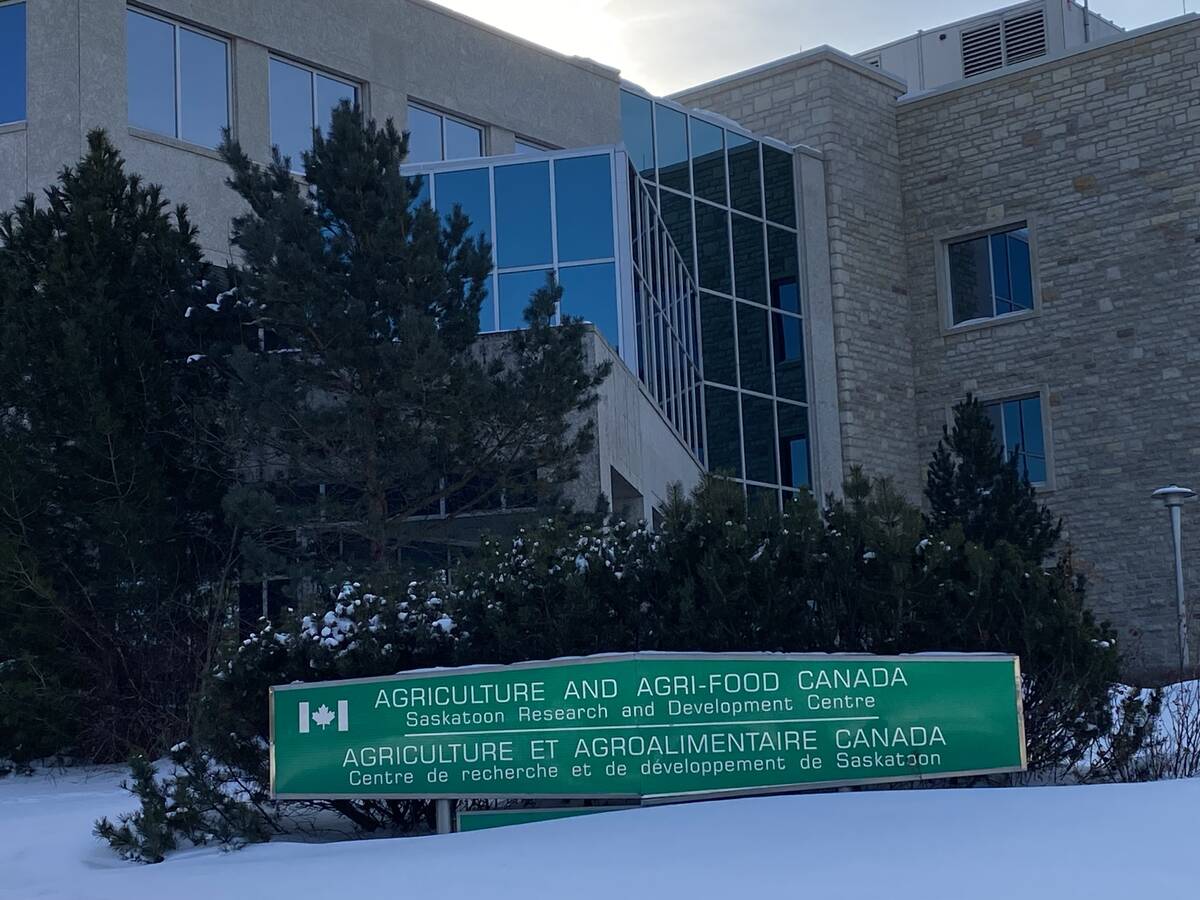
Don’t undermine the backbone of agriculture
Agriculture Canada and the dedicated public servants who work every day to support Canadian agriculture are a crucial pillar of the sector and they need support — not austerity.
A combine can chomp through quite a bit of kochia, particularly if it’s been desiccated and has dried down, but it’s still hard on everything from the cutting bar to the chopper.
Where the kochia is particularly heavy and has crowded out most or all of the crop, big patches are often left for a mowing operation post-harvest.
Imagine how many seeds are going into the soil when each plant can produce thousands. Weed scientists tell us the seeds only survive a few years in the soil. If you can keep a field clean, you can eventually get ahead of the problem.
Unfortunately, kochia is a tumbleweed that can travel long distances. Kochia from other fields become your problem.
You can look across an otherwise clean field and see the path where seeds dropped as a weed tumbled across the previous year.
Kochia is such a huge threat because it has continued to develop resistance to different herbicide groups. It’s estimated that 85 per cent of the kochia population in Western Canada was resistant to Group 2 products by 2007.
The first confirmation of glyphosate resistance in Western Canada was Alberta in 2011. The first confirmation in Saskatchewan was 2012. Now, glyphosate resistance is widespread, and most plants have resistance to multiple modes of action.
Group 14 herbicides have been essential for controlling kochia in pulse crops. Most of these are pre-seed residual products. Unfortunately, it’s probably only a matter of time before these products are no longer effective.
Over the years, I’ve been really happy with how well sulfentrazone (original trade name Authority) has controlled kochia in chickpeas, peas and mustard crops. This year, the control wasn’t as good. It seemed the herbicide dissipated as the growing season progressed, allowing later germinating kochia to survive.
In one instance, with peas on fields with a history of manure application, the sulfentrazone did not seem to perform, and the kochia infestation was heavy. Large patches were not combined.
In the main pulse growing regions, this fall will no doubt see widespread applications of Group 14 products such as Fierce and Focus where lentil crops will be grown next year. Meanwhile, products containing sulfentrazone will be used this fall and next spring ahead of peas and chickpeas.
But what will we do if in a few years those products are no long effective?
Based on how quickly resistance has developed to other chemistries, the clock is ticking. Weed scientists say the overuse of Group 14 products will only hasten resistance.
That’s why integrated weed management is necessary. Crop rotation allows the use of different herbicide groups. As well, some crops are much more competitive.
Mechanical weed control will become more important, and we all need to do our best to limit how many plants go to seed. We also need some help from Mother Nature. Kochia has a competitive advantage in dry years.


